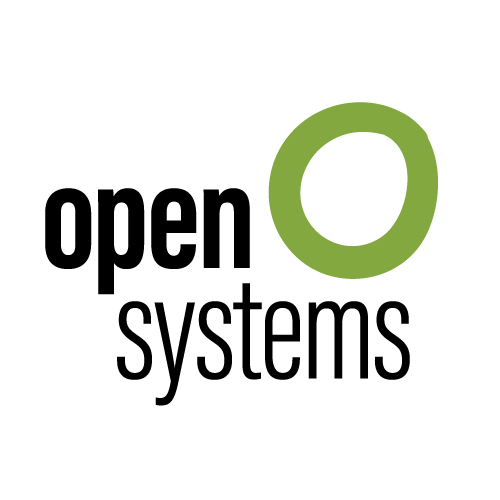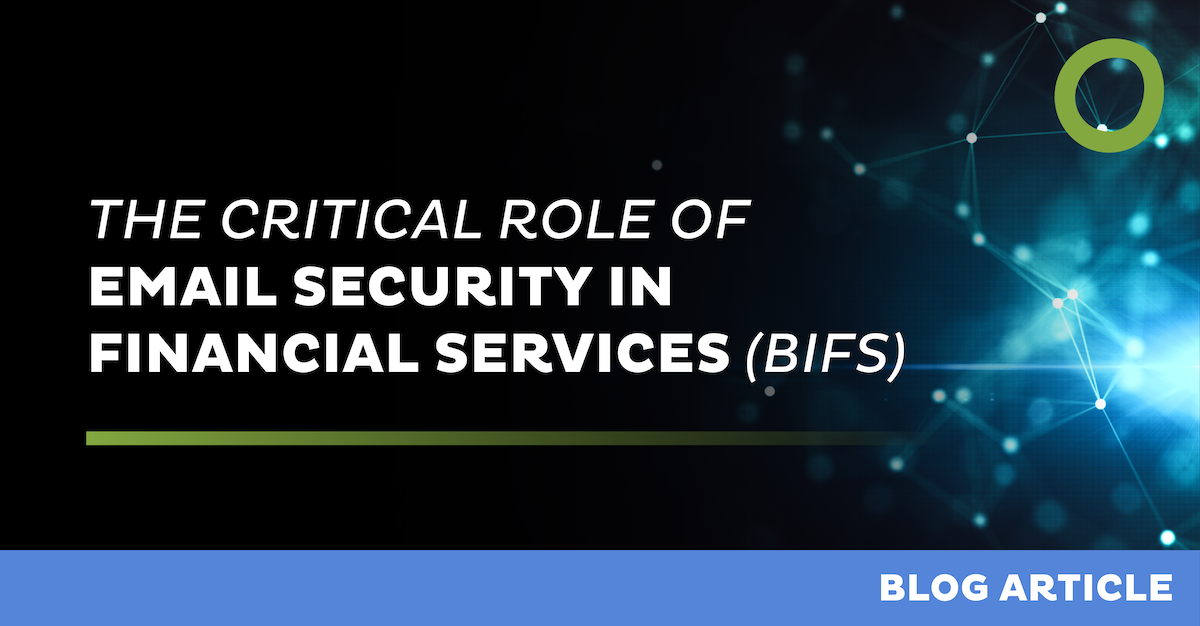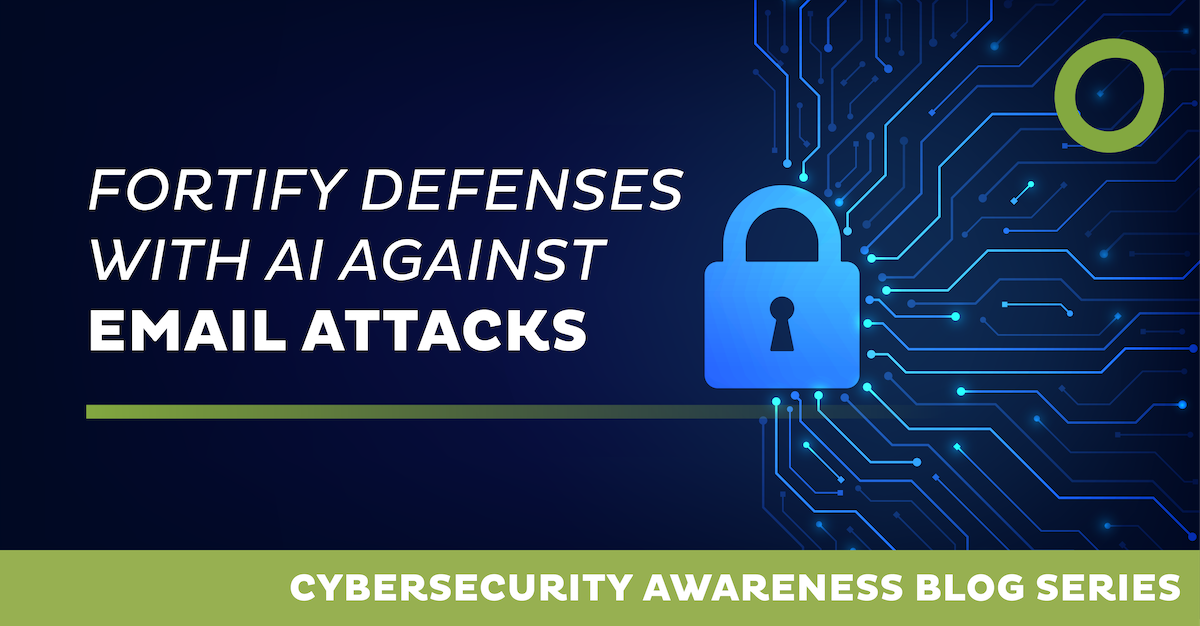
The Critical Role of Email Security in Financial Services (BIFS)


Email security is a top priority for organizations in the Banking, Insurance, and Financial Services (BIFS) sector. Given the sensitive nature of financial data, the industry is a prime target for cybercriminals looking to exploit vulnerabilities for financial gain, data theft, or operational disruption. Furthermore, increasing regulatory requirements make it essential for financial institutions to implement robust email security measures.
In this article, we explore the three main pillars of email security in BIFS: compliance, protection against security breaches, and overcoming operational challenges.
1. Compliance: Keeping Up with Evolving Regulations
The Regulatory Landscape
The BIFS sector is one of the most highly regulated industries, and email security plays a crucial role in maintaining compliance. With the introduction of new regulations such as the Digital Operational Resilience Act (DORA) and the NIS2 Directive, financial institutions must enhance their security measures to protect critical information and IT systems from cyber threats.
How DORA and NIS2 Impact Email Security
DORA lays out comprehensive requirements for the protection of ICT systems, particularly emphasizing the secure exchange of information via email. To comply, organizations must implement encryption, recipient authentication, secure email delivery, and access controls. Additionally, measures to prevent data loss due to human errors – such as Data Loss Prevention (DLP) configurations in Secure Email Gateways (SEGs) – become essential.
The Need for Managed Email Security Services
Regulatory compliance is not a one-time effort; it requires continuous monitoring and adjustment of security configurations. Managed email security services help financial institutions maintain compliance by ensuring security policies are correctly configured, recalibrated, and updated as regulations evolve.
2. The Growing Risk of Security Breaches
Email as the Primary Attack Vector
More than 90% of security breaches originate from email-based threats such as phishing, business email compromise (BEC), and ransomware attacks. The financial sector is particularly vulnerable due to the high value of the data involved and the potential for financial fraud.
Why Traditional Secure Email Gateways Are No Longer Enough
While Secure Email Gateways (SEGs) have been the industry standard for email security, they are increasingly insufficient in stopping today’s sophisticated threats. Cybercriminals are leveraging advanced tactics, techniques, and procedures (TTPs) that can bypass traditional filtering mechanisms, making financial organizations more susceptible to attacks.
The Shift to AI-Based, Adaptive Email Security
To effectively mitigate modern threats, financial institutions need AI-driven email security solutions that analyze contextual signals specific to their organization and users. These adaptive systems use machine learning to detect and prevent highly sophisticated phishing attempts, BEC fraud, and other evolving attack vectors. By leveraging AI, organizations can proactively defend against emerging threats and reduce the risk of costly security breaches.
3. Resource and Operational Challenges in Email Security
The Impact of IT Skill Shortages
Financial institutions often struggle with IT skill shortages, particularly in the area of cybersecurity. Email security, while critical, is complex and requires continuous oversight. Many organizations lack the in-house expertise to optimize configurations, monitor threats effectively, and adapt to new challenges in real-time.
Phishing Awareness and User Education
A common challenge is ensuring employees are equipped to recognize and respond to phishing threats. Many organizations introduce “Phishing Awareness” programs, including features like report buttons in email clients (e.g., Outlook). However, training alone is not enough – email security systems must work in tandem with user awareness efforts to minimize risk.
Enhancing ROI with Automation and Expert Support
Investing in email security should not only reduce risk but also improve operational efficiency. By extending the security team with expert support for configuration optimization and leveraging automation, organizations can maximize the return on their security investment. Technical consulting, tailored configurations, self-service tools, and automation-driven threat response significantly enhance security while reducing the workload on internal IT teams.
Conclusion
For BIFS organizations, email security is not just about preventing spam or malware—it is a critical component of compliance, risk management, and operational resilience. With evolving regulations like DORA and NIS2, the increasing sophistication of cyber threats, and ongoing resource constraints, financial institutions must adopt a proactive and strategic approach to email security.
By implementing AI-driven security solutions, maintaining compliance with evolving regulations, and optimizing operations through automation and expert support, BIFS organizations can protect sensitive data, enhance business continuity, and safeguard their reputation in an increasingly hostile cyber environment.
Leave Complexity
Behind
To learn how Open Systems SASE Experience can benefit your organization, talk to a specialist today.
Contact Us



